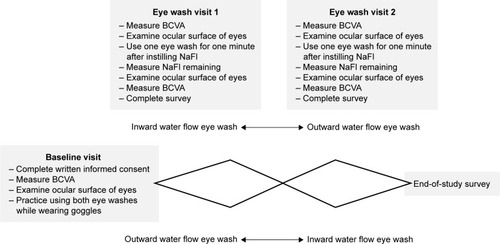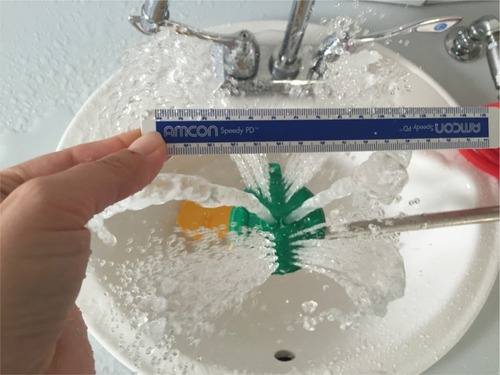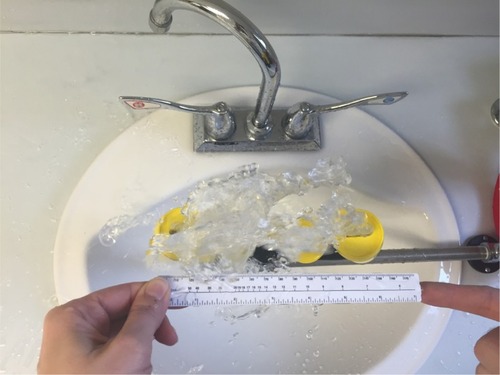Figures & data
Table 1 Change in visual acuity compared as the change from post- to pre-wash with converging flow – the change from post- to pre-wash with diverging flow
Table 2 Corneal staining before and after eye wash use agreement tables
Table 3 Presence of fluorescein after eye wash: comparison of converging flow eye wash and diverging flow eye wash (Encon–Haws)
Table 4 Comparison of survey questions (Encon–Haws)





